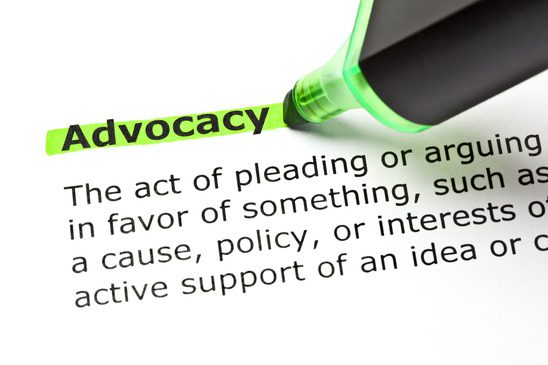Project management teams are at the tip of the spear when it comes to advocating for stakeholders’ interests. They work to understand the needs each project’s objectives must address, they identify ways to minimize disruptions to end users, they facilitate communication between the project team and its various partners and customers, and they evaluate results once the project has been completed. But even strong advocacy programs could sometimes use a little shoring up. Here are a few questions your project management team should ask to ensure their advocacy efforts are as effective as possible.

Have you identified all stakeholder groups? There will be times when a project’s various stakeholders are obvious. Other projects, however, may be less clear cut, and your team could inadvertently overlook one or more affected groups. Stakeholders may be geographically remote, or their relationship to the project may be less direct than usual. Language barriers can also present significant obstacles, particularly if your team is unable to communicate with a stakeholder group or to clearly understand how their needs correlate to the project’s achievables.
To erase any doubt that you’ve identified every possible stakeholder, your team must make the effort to reach out. Ask those stakeholders you’re already working with if there are other groups that should be involved. Consider sending an announcement through the local media with your team’s contact information. Scour social media and networking sites for signs of other interested or affected parties.
Are your post-project evaluation methods comprehensive enough? Gathering feedback from stakeholders once the project has been completed is standard practice for most Project Teams. Every now and then, though, these efforts aren’t as broad as is necessary to fully address potential issues. Soliciting input from each group’s representatives often isn’t sufficient, and aggregating feedback can lead to serious oversights.
To ensure everything is properly wrapped up before moving on to the next undertaking, teams should connect with stakeholders on as granular a level as is feasible. Even if the stakeholder base is large, individual surveys can still be an effective tool if done electronically (where the data can be easily harvested, manipulated, and analyzed). Stakeholder groups that are scattered among several regions or who don’t have a fixed base of operations may also benefit from using an electronic survey platform.
Do your internal communications support the Project Team’s advocacy role? It’s not uncommon, particularly when many disparate stakeholders are involved, for project teams to divide up their advocacy efforts. This frequently entails assigning members to advocate for specific stakeholder groups. It’s an arrangement that works well, but only if the team’s internal communication channels are robust.
Be sure your Project Team has established a strong culture of sharing information among project team members, and encourage advocates to discuss stakeholders’ concerns and questions both informally as well as during regular project meetings. It’s a practice that helps minimize possible delays in addressing issues—something that may occur if communications wait for the next scheduled team debriefing—and also aids in building a sense of teamwork, even among stakeholder groups that may have competing priorities.
Are cost and budget overruns fully investigated? Project advocacy requires attending to all stakeholder interests, and that includes the organization’s need to maintain strict cost and schedule management. Any time the set expenditure limit is exceeded or timeframes aren’t met, the project team should be reviewing what happened and why. Understanding the causes behind cost and budget issues will not only enable the Project Team to perform at a higher level next time, it will also give them the tools they need to better advocate for the organization’s needs, expectations, and available resources next time.

